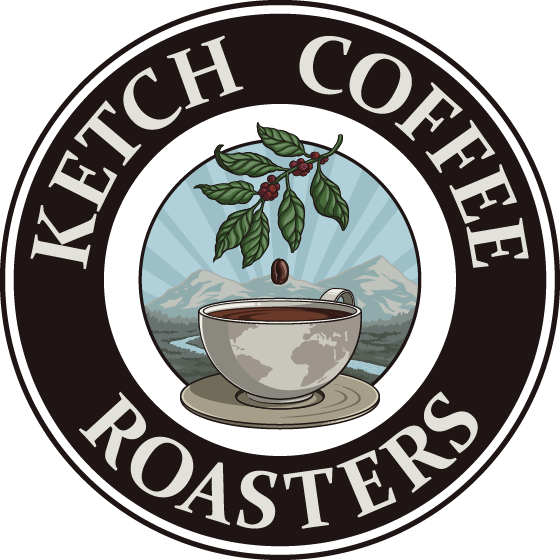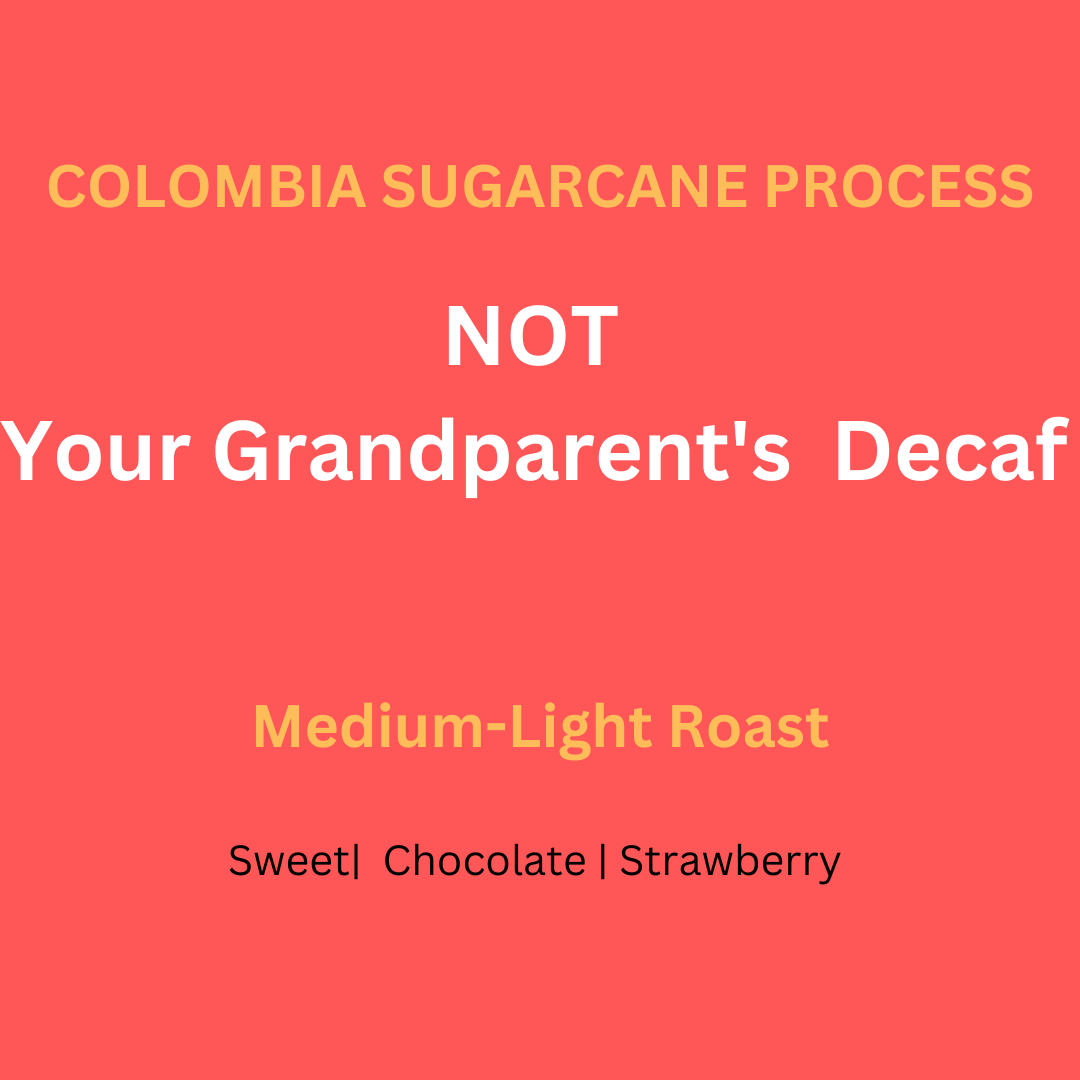Decaf: Colombia Magdalena
DECAF METHOD
Sugarcane Decaf
FLAVOR PROFILE
As a medium-light roast, this coffee produces a balanced cup with notes of chocolate and strawberry that few would be able to identify as a decaffeinated coffee. Using a scale of 0-10, the cup profile has higher sweetness (6-7), moderate acidity (5-6), medium body (5), and no bitterness.
As a medium-roast, this coffee produced overall balanced and smooth cup of coffee with notes of rich milk chocolate and subtle fruit acidity. Using a scale of 0-10, the cup profile has medium sweetness (5-6), lower acidity (2), medium body (5), and no bitterness.
As a medium-dark roast, this coffee produces a rich and flavorful cup of coffee with notes of dark chocolate, caramelized sugars, and hints of plum. Using a scale of 0-10, the cup profile has lower sweetness (3-4), lower acidity (1-2), a heavy body (7), and lower bitterness (1-2).
RECOMMENDED BREWING METHODS
As a medium-light roast, this coffee is versatile and is great brewed as filter/drip, immersion, cold brew, but is not one we enjoy as espresso though we know others who do. As a lighter roasted coffee, we recommend starting with a water temperature no lower than 200F as lighter roasts are more prone to under extraction. If the coffee tastes sour, 1) grind finer, 2) gradually increase the water temperature, and/or 3) decrease the amount of ground coffee or water used to increase the extraction. If the coffee tastes bitter and over extracted, 1) coarsen up the grind size, 2) gradually decrease the water temperature, and/or 3) increase the amount of ground coffee or decrease the amount of water used. For filter/drip and immersion, we recommend starting with a brewing ratio of 1:15 (e.g., 20 grams of coffee to 300 grams of water), but this again is an area you will adjust for taste preferences. For espresso, we would recommend using a higher water temperature (e.g., 203F) if your machine allows and starting with a 1:3 ratio (e.g., 18 grams of coffee to 54 grams of coffee in the cup), but incrementally try longer ratios of 1:4 and 1:5, etc. until you find the balance of flavors you prefer. The longer ratio will allow the coffee to properly extract and reduce any unwanted sourness, but will come at the cost of reduced body, which we do not prefer.
As a medium-roast, this coffee is versatile and is great brewed as filter/drip, immersion, cold brew, and espresso. We recommend starting with a water temperature 200F. If the coffee tastes sour, 1) grind finer, 2) gradually increase the water temperature, and/or 3) decrease the amount of ground coffee or water used to increase the extraction. If the coffee tastes bitter and over extracted, 1) coarsen up the grind size, 2) gradually decrease the water temperature, and/or 3) increase the amount of ground coffee or decrease the amount of water used. For filter/drip and immersion, we recommend starting with a brewing ratio of 1:15 (e.g., 20 grams of coffee to 300 grams of water), but this again is an area you will adjust for taste preferences. For espresso, we would recommend starting with a 1:2 ratio (e.g., 20 grams of ground coffee to 40 grams of coffee in the cup), but incrementally try longer ratios if you wish to mellow out the acidity.
As a medium-dark roast, this coffee is versatile and is great brewed as filter/drip, immersion, cold brew, and espresso. As a darker roasted coffee, we recommend starting with a water temperature of 197-200F as darker roasts are more prone to over extraction. If the coffee tastes bitter and over extracted, 1) coarsen up the grind size, 2) gradually decrease the water temperature, and/or 3) increase the amount of ground coffee or decrease the amount of water used. For filter/drip and immersion, we recommend starting with a brewing ratio of 1:15 (e.g., 20 grams of coffee to 300 grams of water), but this again is an area you will adjust for taste preferences. For espresso, we recommend starting with a 1:2 ratio but experimenting with a slightly smaller (1:1.5) and larger ratios (1:2.5). Our preference for this coffee as straight espresso is a ratio of 20 grams of coffee in with a yield of 35 grams of espresso out in the cup.
ABOUT THIS COFFEE
This coffee was decaffeinated in Colombia using ethyl acetate, an organic compound derived from sugar cane, to remove 97% of the caffeine from coffee beans.
Producers: 13 Smallholders
Continent: Latin America
Country: Colombia
Region: Northern Huila municipalities of Palermo, Nieva, Iquira, and Aipe
Altitude: 1500-1800 MASL
Variety: Castillo, Caturra, Colombia
Processing: Washed; Sugarcane Decaf
Harvest Period: November 2021-June 2022
Want to learn more about this coffee and the producers who make it possible?





